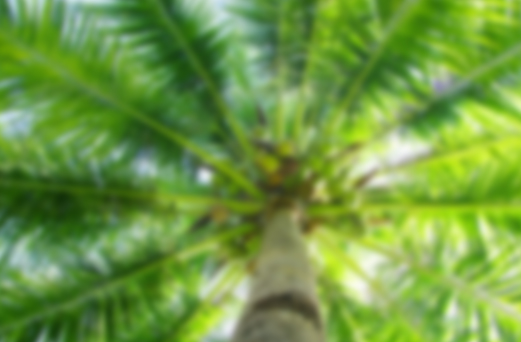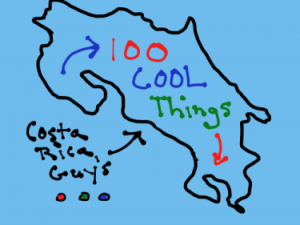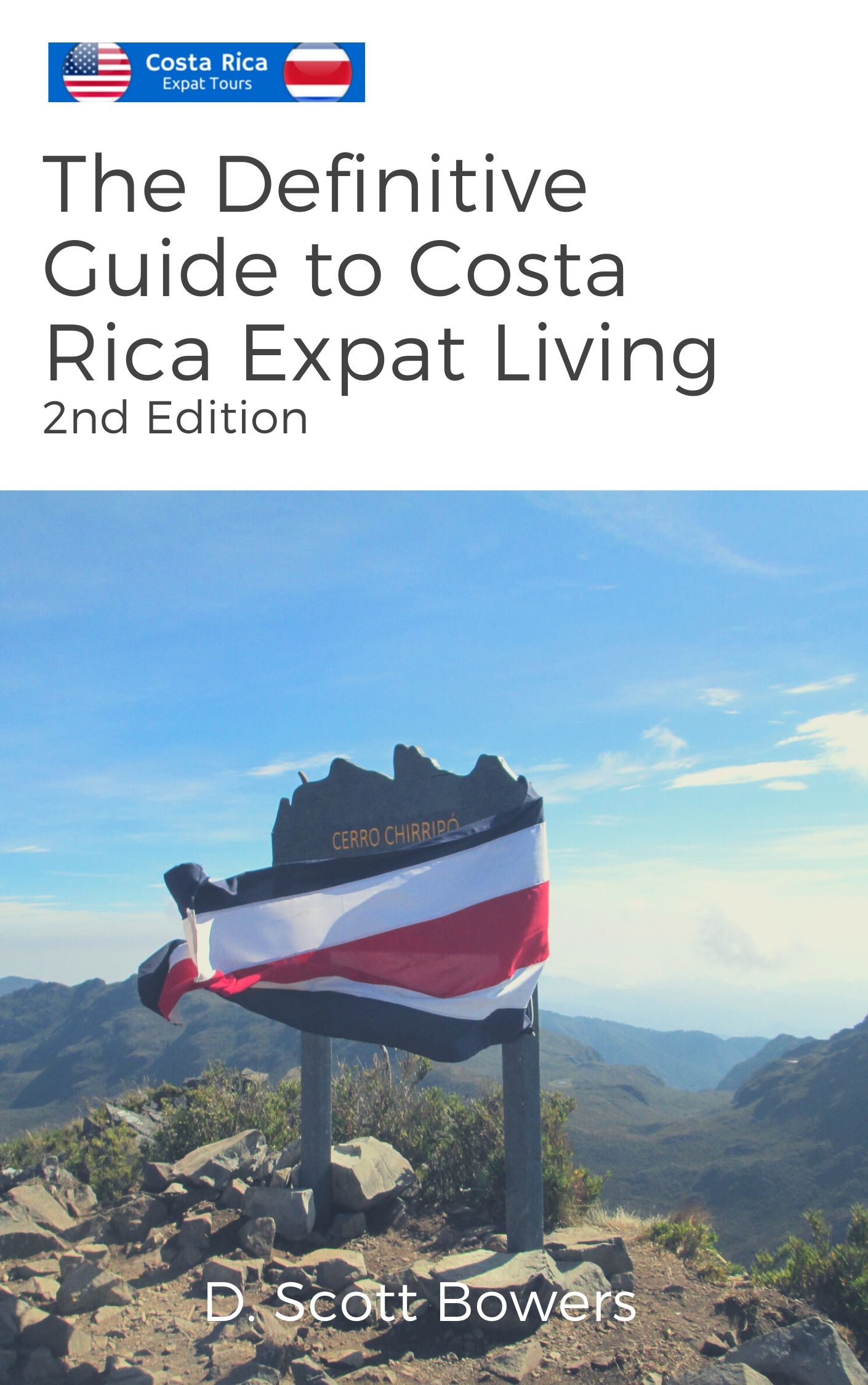 Just got back from spending three days in the beautiful colonial city of Granada, Nicaragua. I have visited the city many times and always enjoy my time there. This time I discovered that in addition to the rustic colonial architecture, the historical significance (Granada was founded by Francisco Hernández de Córdoba in 1524), the great food, arts and crafts and vibrant nightlife, Granada also has a spectacular array of natural wonders to offer. There are the “isletas,” which are a series of small islands (365 in all, or one for every day of the year) that were formed by the eruption of towering Vulcan Mombacho. There is Lake Nicaragua, or Cocibolca as the Indians named it, which is the largest lake in Central America. I had always been curious about the towering Mombacho that stands watch over the city like a faithful sentinel. On this trip, I decided to get up close and personal with the volcano. Mombacho is marginally active with an altitude of 1,344 meters. It is one of the 78 environmentally protected areas of Nicaragua. You can take a 4-wheel drive vehicle to the top and from there hike around the volcano’s four craters. The views offered from various lookouts around the crater trails are stunning. You can see the city of Granada, a good part of Lake Nicaragua, and in the distance, Volcanoes Masaya, Momotombo and Momotombito, as well as Lago de Managua. There are numerous varieties of forests on the slopes of the volcano, depending on the altitude. At the base is a tropical dry forest, while higher up you encounter the cloud and dwarf forests. There is a wide variety of flora and fauna some of which are endemic to the volcano itself. We did one of the canopy tours offered at Mombacho and the experience was thrilling and completely safe. Here in Costa Rica we pride ourselves on our canopy tours and I can say that the tour we did was every bit as professionally operated as the many we put our Package Costa Rica customers on here in Costa Rica. The experience just proved to me again how rich Nicaragua is in natural resources, but also confounded me again as to why its people have such a hard time taking advantage of them. Then I caught wind of the recent news that Nicaragua’s current president, former Sandinista guerrillero, Daniel Ortega, is trying to have the constitutional ban on serving for more than a single term eliminated. Hugo Chavez accomplished the same feet in Venezuela, and being Ortega’s political guru, I am sure that Daniel is taking lessons on how to stay in power forever from his pal Chavez. Incidentally, this is the same little trick that Manuel Zelaya attempted in Honduras, which has thrown that country onto the brink of outright civil war. Of course, Ortega didn’t try to have the restriction removed by constitutional amendment. No, he just had the Supreme Court, which he controls, conveniently “lift” the restriction. He even had the nerve to suggest that what is occurring in Honduras is justification for the move. Is that an example of “tortured logic” or what? Of course, that is what anyone disagreeing with Ortega is faced with the real possibility of…..torture. I found myself asking myself, why, compared to its neighbor Costa Rica, do the people of Nicaragua suffer so much with intense poverty? I was having lunch at the Hotel Alhambra and couldn’t help to notice the children playing in the park, many of whom don’t even have a pair of shoes to wear. I honestly don’t believe the solution to Nicaragua’s problems is more of Daniel Ortega. In fact, right now, Daniel Ortega may be the problem! Eliminating term limits is best reserved for politicians who are more interested in empowering the impoverished than they are in empowering themselves.
Just got back from spending three days in the beautiful colonial city of Granada, Nicaragua. I have visited the city many times and always enjoy my time there. This time I discovered that in addition to the rustic colonial architecture, the historical significance (Granada was founded by Francisco Hernández de Córdoba in 1524), the great food, arts and crafts and vibrant nightlife, Granada also has a spectacular array of natural wonders to offer. There are the “isletas,” which are a series of small islands (365 in all, or one for every day of the year) that were formed by the eruption of towering Vulcan Mombacho. There is Lake Nicaragua, or Cocibolca as the Indians named it, which is the largest lake in Central America. I had always been curious about the towering Mombacho that stands watch over the city like a faithful sentinel. On this trip, I decided to get up close and personal with the volcano. Mombacho is marginally active with an altitude of 1,344 meters. It is one of the 78 environmentally protected areas of Nicaragua. You can take a 4-wheel drive vehicle to the top and from there hike around the volcano’s four craters. The views offered from various lookouts around the crater trails are stunning. You can see the city of Granada, a good part of Lake Nicaragua, and in the distance, Volcanoes Masaya, Momotombo and Momotombito, as well as Lago de Managua. There are numerous varieties of forests on the slopes of the volcano, depending on the altitude. At the base is a tropical dry forest, while higher up you encounter the cloud and dwarf forests. There is a wide variety of flora and fauna some of which are endemic to the volcano itself. We did one of the canopy tours offered at Mombacho and the experience was thrilling and completely safe. Here in Costa Rica we pride ourselves on our canopy tours and I can say that the tour we did was every bit as professionally operated as the many we put our Package Costa Rica customers on here in Costa Rica. The experience just proved to me again how rich Nicaragua is in natural resources, but also confounded me again as to why its people have such a hard time taking advantage of them. Then I caught wind of the recent news that Nicaragua’s current president, former Sandinista guerrillero, Daniel Ortega, is trying to have the constitutional ban on serving for more than a single term eliminated. Hugo Chavez accomplished the same feet in Venezuela, and being Ortega’s political guru, I am sure that Daniel is taking lessons on how to stay in power forever from his pal Chavez. Incidentally, this is the same little trick that Manuel Zelaya attempted in Honduras, which has thrown that country onto the brink of outright civil war. Of course, Ortega didn’t try to have the restriction removed by constitutional amendment. No, he just had the Supreme Court, which he controls, conveniently “lift” the restriction. He even had the nerve to suggest that what is occurring in Honduras is justification for the move. Is that an example of “tortured logic” or what? Of course, that is what anyone disagreeing with Ortega is faced with the real possibility of…..torture. I found myself asking myself, why, compared to its neighbor Costa Rica, do the people of Nicaragua suffer so much with intense poverty? I was having lunch at the Hotel Alhambra and couldn’t help to notice the children playing in the park, many of whom don’t even have a pair of shoes to wear. I honestly don’t believe the solution to Nicaragua’s problems is more of Daniel Ortega. In fact, right now, Daniel Ortega may be the problem! Eliminating term limits is best reserved for politicians who are more interested in empowering the impoverished than they are in empowering themselves.








Comments